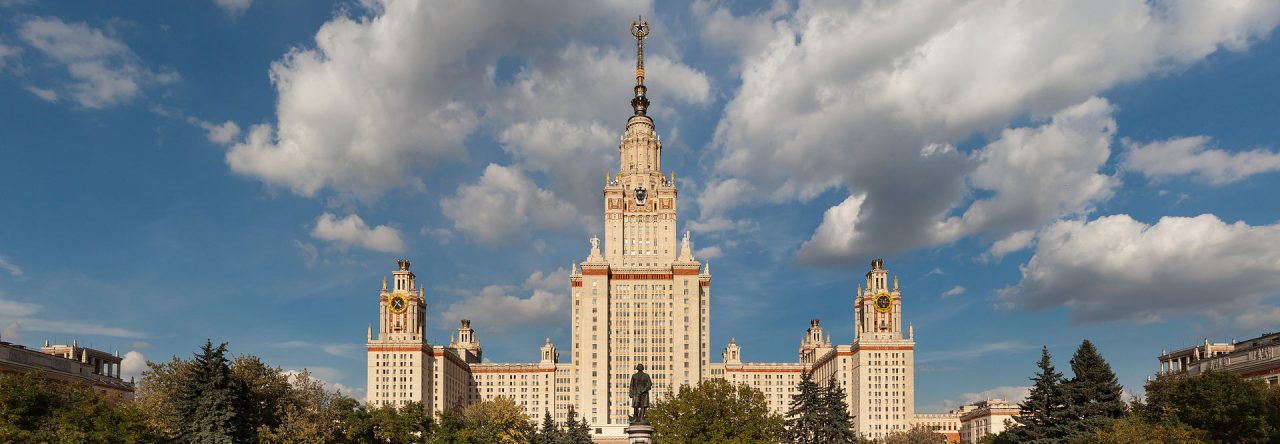As Vice-Rector for Informatization of SUSU, Doctor of Physical and Mathematical Sciences Leonid Sokolinsky notes, the neural network works like a human brain. Like our brains, the computer mind is capable of solving complex problems. But this happens only under proper training conditions: if the neural network is not trained, then, according to Professor Sokolinsky, its functionality will be zero.
In October 2020, SUSU received the first supercomputer in the Urals for increasing the power of neural networks. The neurocomputer, as its employees call it, is primarily used for the internal tasks of the university. In particular, the neural network will be used to work in a call center, where daily work with people takes place.
“A computer can also solve a number of problems in the field of psychology,” says Leonid Sokolinsky. – For example, at a job interview. An artificial neural network, trained on a neurocomputer, will be able to determine aptitude using an electroencephalogram of the brain at rest. It will analyze the work of a person’s brain in a few minutes and give a conclusion about the presence of certain skills in a person, the level of his intelligence.
Another area ofapplication of neural networks, which is also being investigated at the university, is „smart“ road transport. Artificial intelligence allows you to drive a car. Also, a neural network is created for the active shock absorbers of „smart“ cars, which will increase their service life.
An artificial neural network project is under development that will help control a rolling mill at the Magnitogorsk Iron and Steel Works. There are many sensors used: vibration, noise and temperature. The smart system will be able to warn in advance about potential malfunctions, which will increase the life of equipment and help prevent technological accidents and downtime at the enterprise.
At Tomsk Polytechnic University, scientists and students use artificial intelligence to develop drones. The project of Nikita Laptev, a postgraduate student of the Automation and Robotics Department of the University, „Methods and intelligent technologies for planning the movement of unmanned vehicles“ received support from the Russian Foundation for Basic Research (RFBR) in the amount of 1.2 million rubles.
„Now everyone is hearing various projects of unmanned vehicles – from Yandex to Tesla. They use the „reinforcement“ artificial intelligence learning technology, when the neural network is trained on its own mistakes – in the virtual simulator, typical mistakes are worked out that should not be allowed on the roads. This allows you to create a basic algorithm in order to release the car on the road. Our task is to create such an intelligent control system, in which algorithms of behavior, as well as navigation in a space with dynamic obstacles – people, animals, other cars and so on, will already be laid,“- said Nikita Laptev.
The result of the work should be the creation of an intelligent system – a training course for artificial intelligence, which allows laying the foundation for new unmanned mechanisms, thereby accelerating their development and release to the market.
Back in October this year, a bioengineering hackathon „Neurostart“ was held at the Far Eastern Federal University (FEFU). Within the framework of the event, 60 participants in three days created prototypes of devices that interact with a person and his nervous system, programs and applications for rehabilitation, planning operations and other medical tasks.
Young specialists presented prototypes of a neurostimulator of the central nervous system, active prostheses of hands, feet and legs, exoskeletons of the upper and lower extremities, neurostimulators, programs for monitoring the condition of patients with Parkinson’s disease and other tasks. The participants proposed solutions for training a neural network to analyze CT and MRI images for creating bone implants and developing a system for monitoring the condition of patients in a hospital.
Scientists from the St. Petersburg State Electrotechnical University (LETI) also offer innovative solutions for a new electronic component base and architecture of neural networks. This type of AI belongs to the third generation: such systems are capable of self-learning and can increase the speed of processing parallel data streams in other computers.
According to Natalia Andreeva, Associate Professor of the Department of MNE, ETU LETI, at present, neurocomputer (neuromorphic) systems are considered as a progressive computer paradigm, the development of which is stimulated by the transition to massive parallel analog computing. Biological architecture should accelerate the learning process of the neurosystem even more, and not the classical computer architecture, concluded Natalya Andreeva.


Comments are closed.